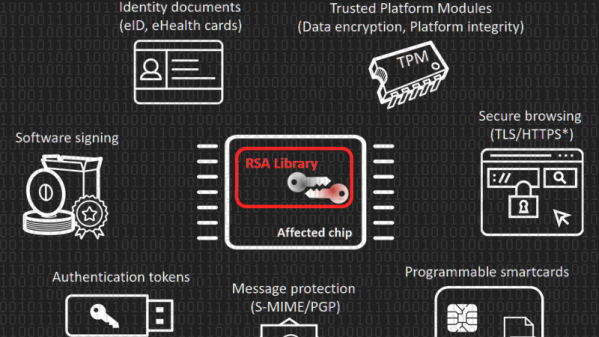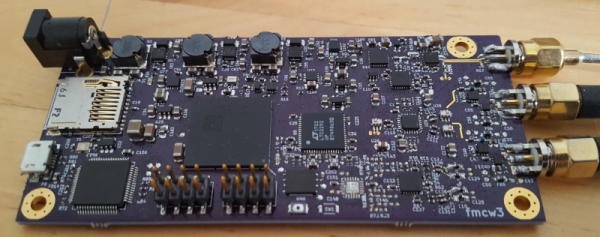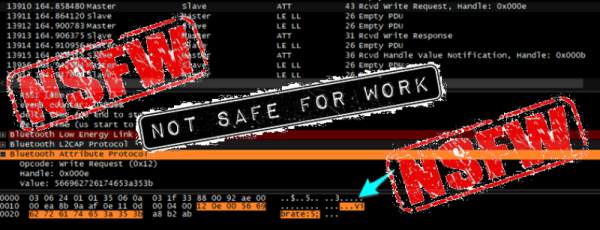There are so many autonomous devices nowadays that can run Skynet Inside(TM) that it’s hard to keep track. But one was still missing: the versatile Bobcat. When we say “Bobcat”, we mean track loader — it’s just one of those things that the name and the brand stoke together so strongly that it’s hard to actually recall the technical name. A company by the name of Built Robotics is betting on autonomous track loaders as being a big part of the future of construction.
The tractor can navigate, excavate, and carry a 1,000 pound load with 1 cm precision using its LIDAR, specially designed to work with high-vibration, high-impact environment of construction excavation. Additionally, the lasers also allow the robot to measure the amount of material it has scooped up. But the precision does not come from the LIDAR alone. To position the robot, Built Robotics uses augmented GPS, which combines an on-site base station and GPS satellites to produce accurate location data.
It is supposed to be completely autonomous: given a location and holes to dig, it can plan and execute the work. It resembles a self-driving car, but the challenges are actually quite different. Cars are mean to drive around and reach a destination without touching anything. Like the CEO of Built Robotics says:
“If a car is changing the environment around it, then something’s gone really wrong.”


















